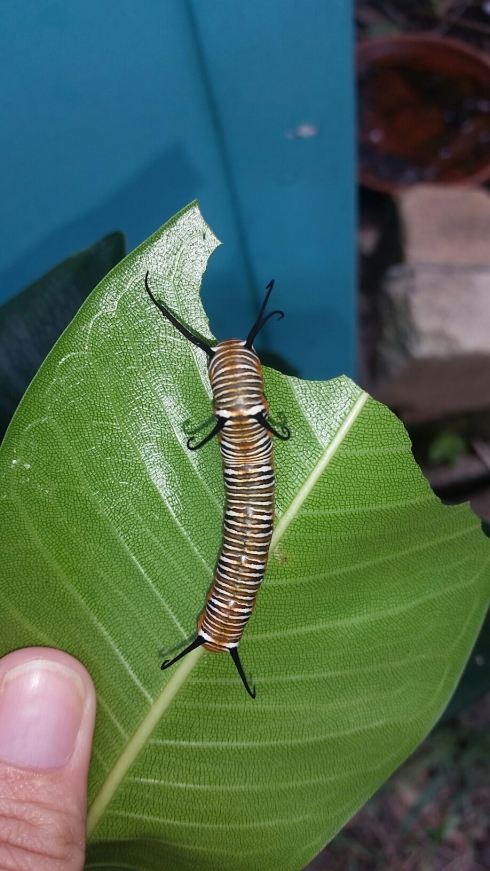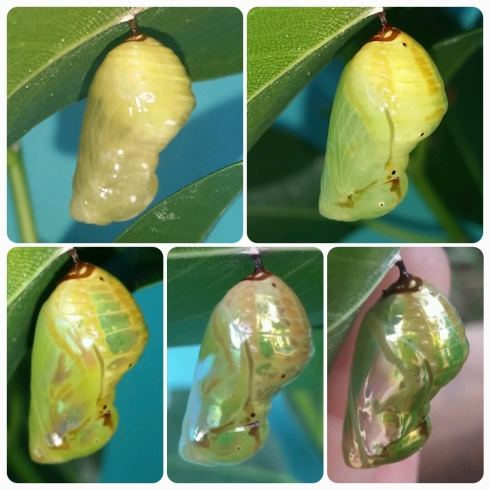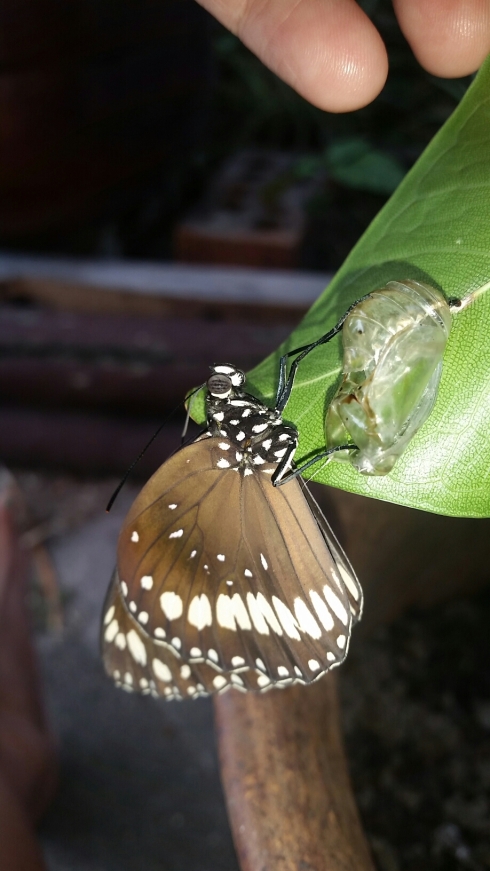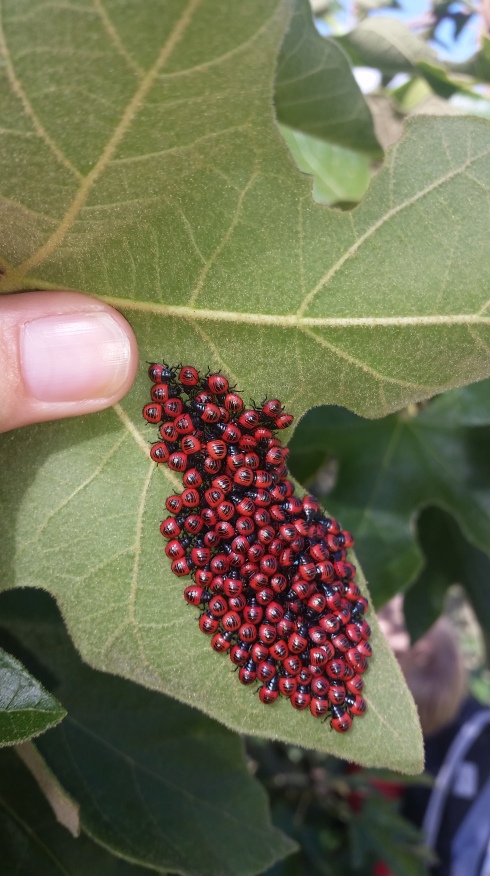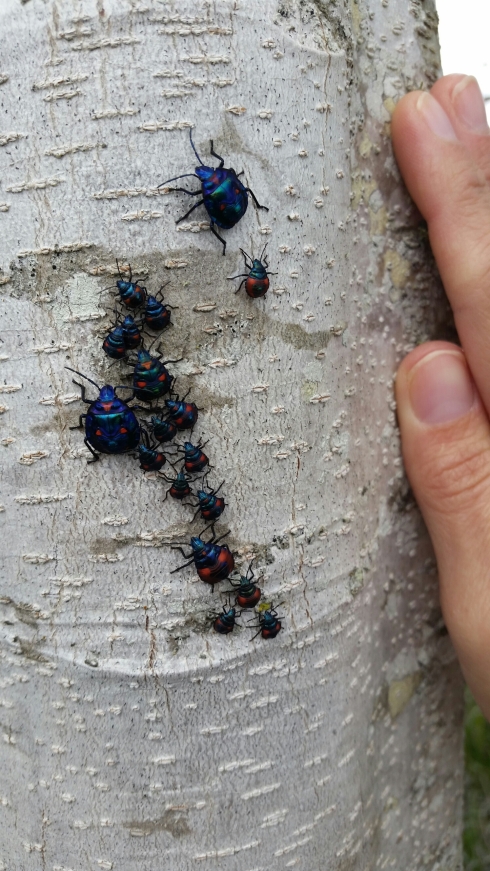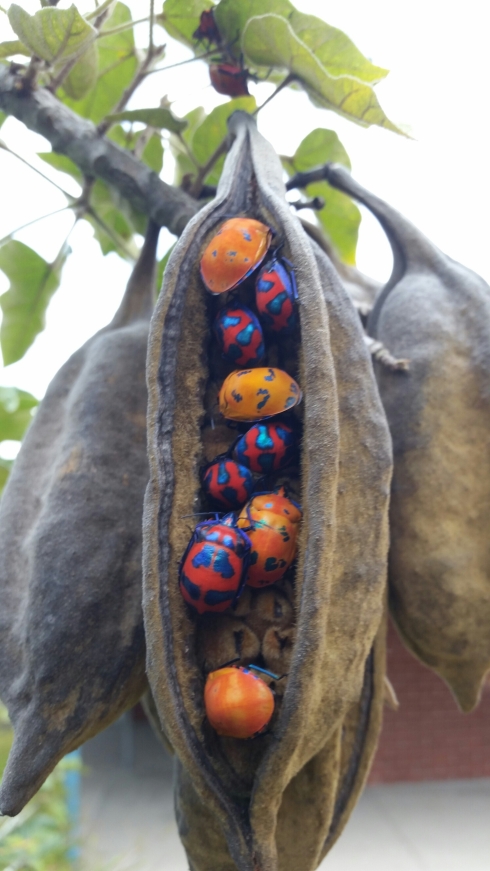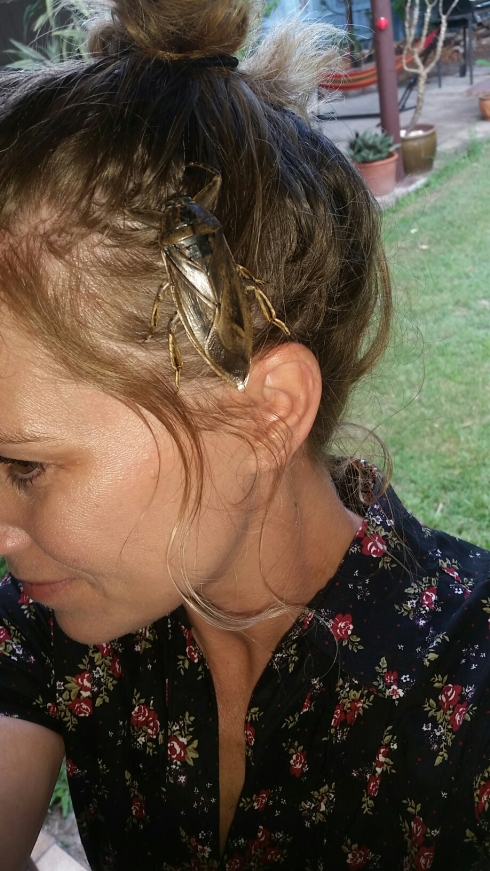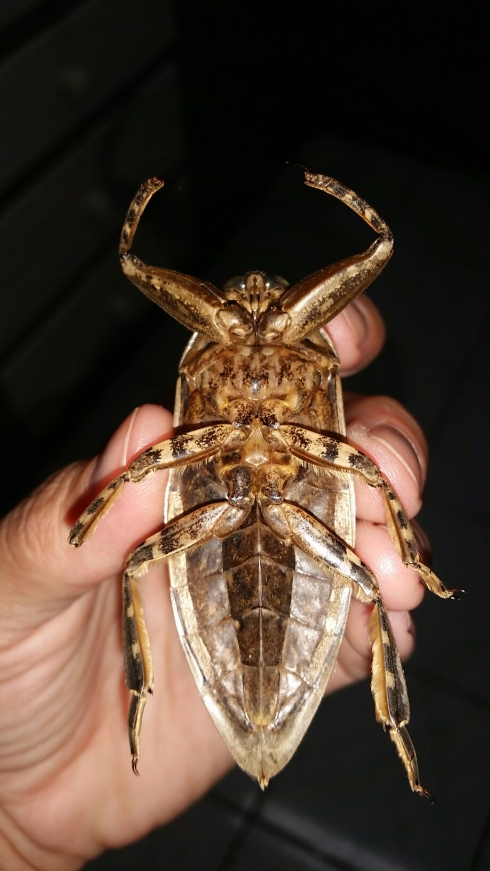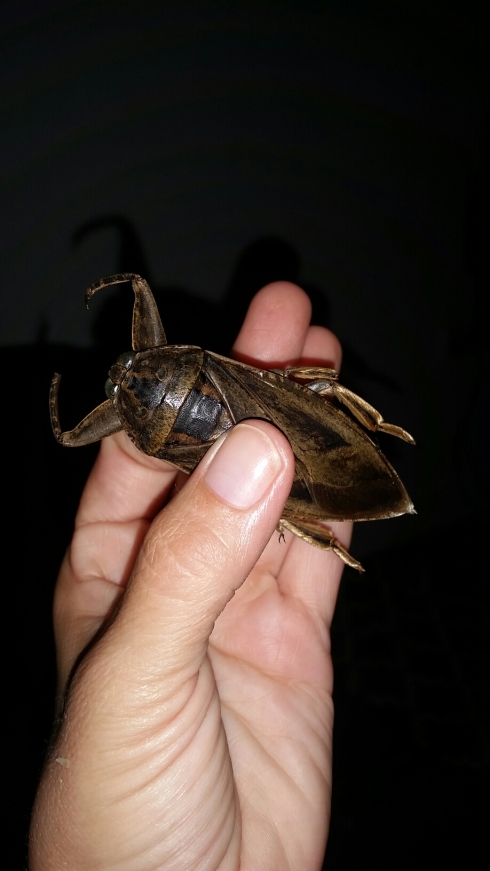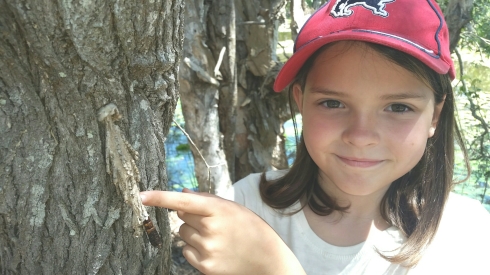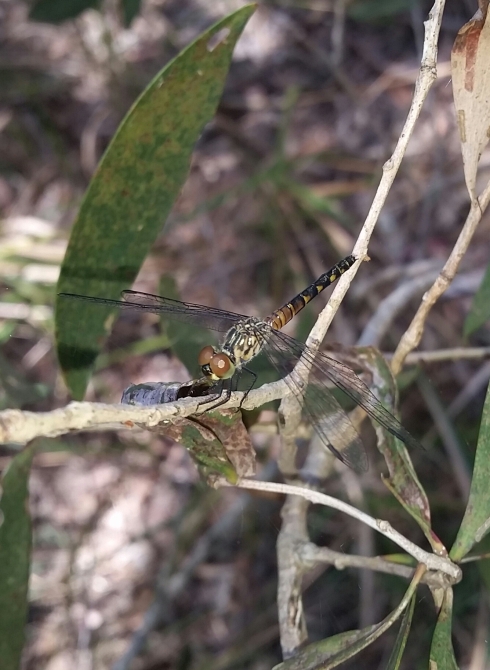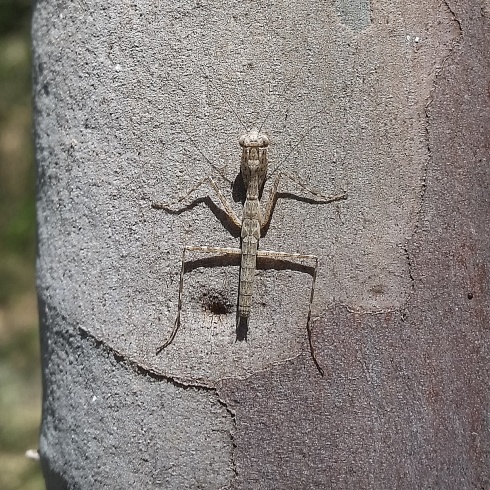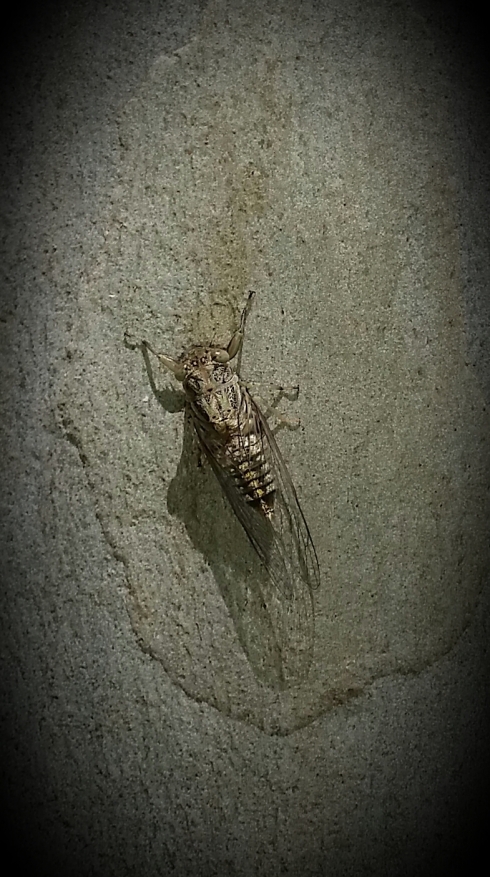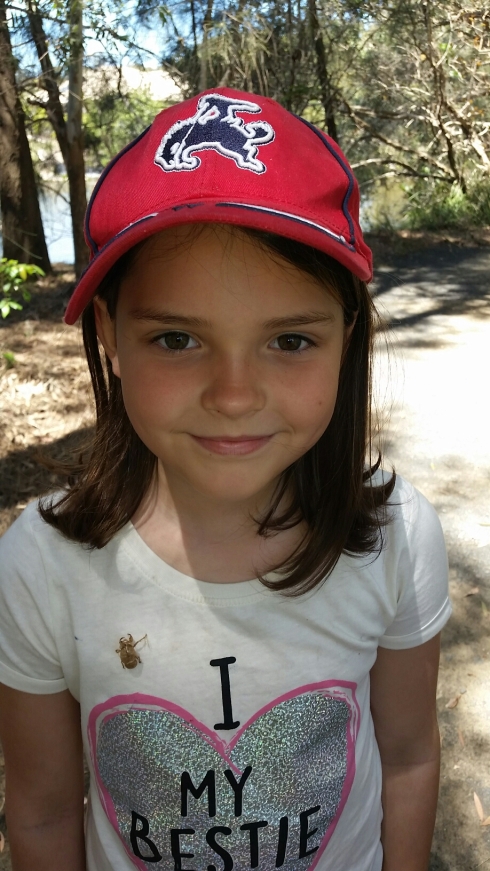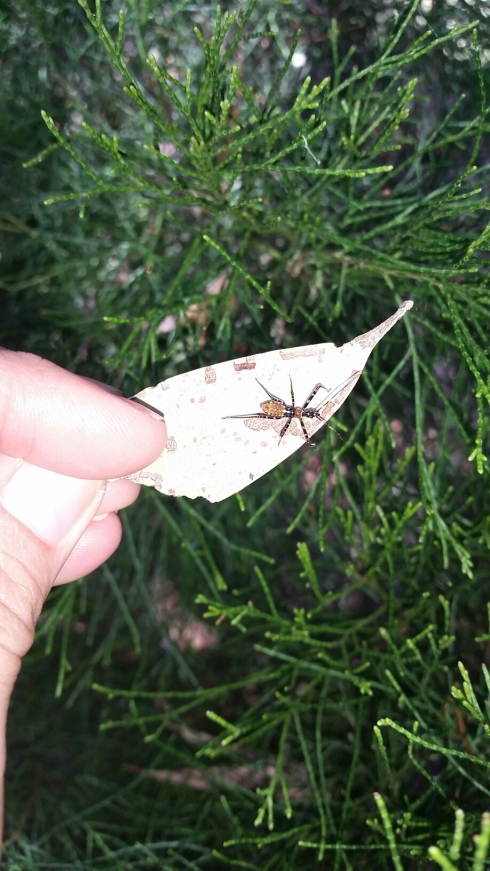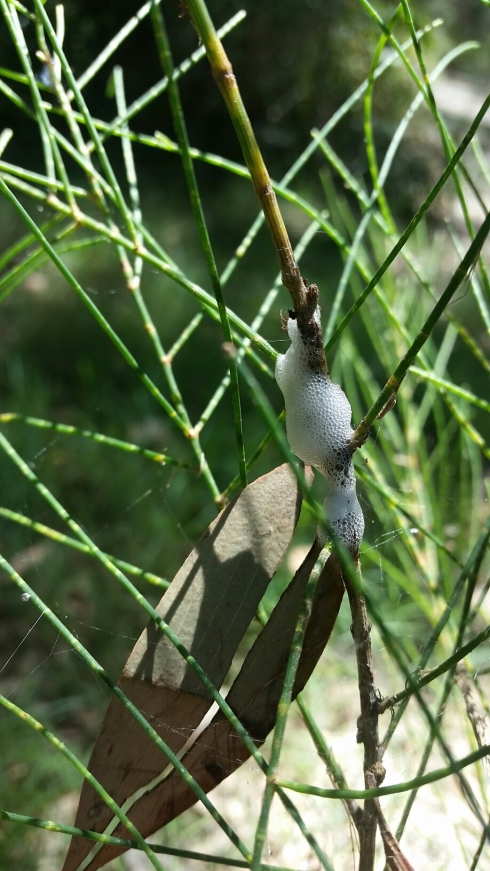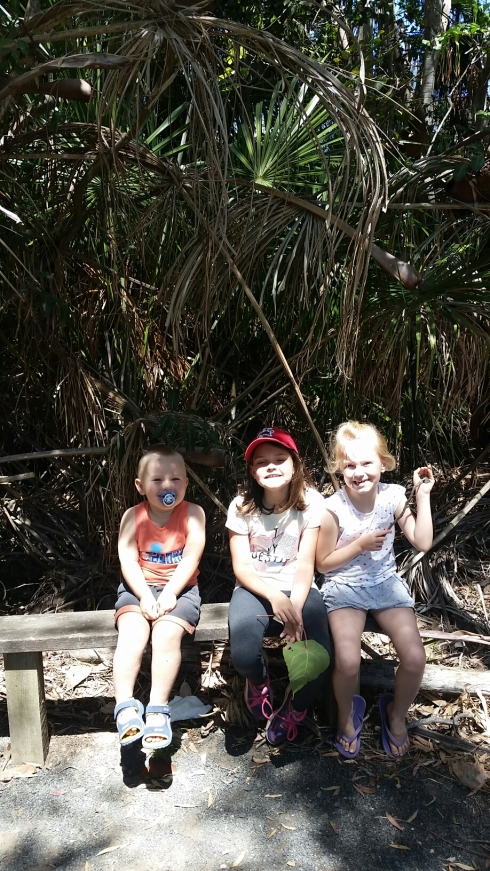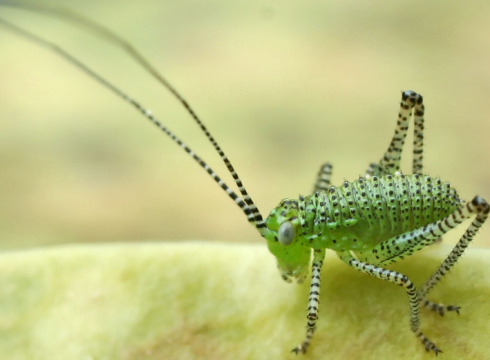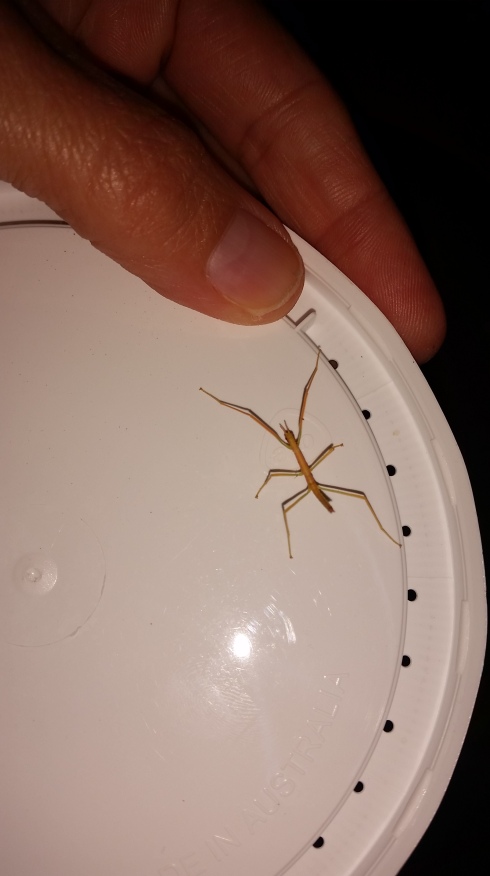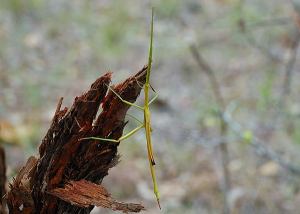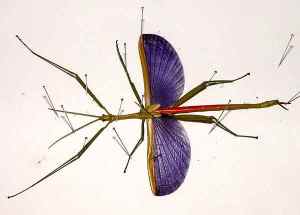Every once in a while I decide to look through my blog stats. I like to see what search terms were used to find the blog (I use this info for future posts), how people find me (i.e. search engines, facebook, etc.), and where the traffic is coming from, as in country.
Recently, I had a hit from The Isle of Man. Some (or a lot) of you may know where that is, but I had never even heard of it. So, I decided to do some research on it.
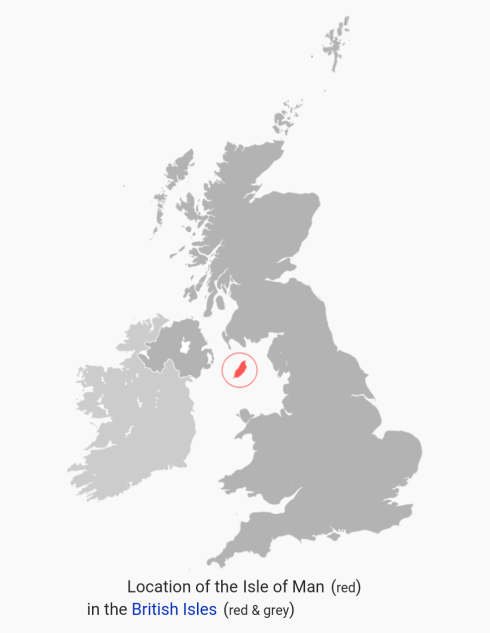
Yep, that little red circled island is it. Here’s what wikipedia tells us about this tiny isle:
“The Isle of Man, otherwise known simply as Mann, is a self-governing British Crown dependency located in the Irish Sea between the islands of Great Britain and Ireland. The head of state is Queen Elizabeth II, who holds the title of Lord of Mann. The Lord of Mann is represented by a Lieutenant Governor, but its foreign relations and defence are the responsibility of the British Government.”
So then I thought I’d look up what insects were known to be on The Isle of Man. There weren’t too many out-of-the-ordinary ones, but I did find one that is definitely worth a mention. (Plus, it happens to be a part of one of my top four favourite orders of insects…Orthoptera. (Katydids, grasshoppers, and crickets.)
Meet the Speckled bush-cricket (Leptophyes punctatissima).
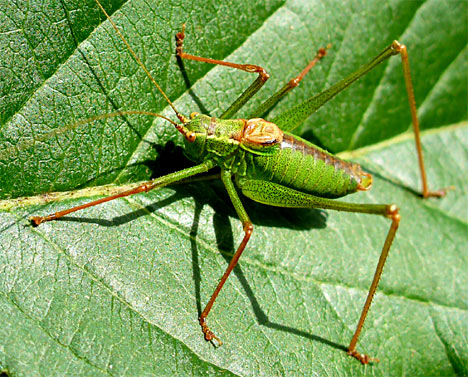
Photo cred: insektoid.info
And perhaps the most intriguing thing about these creatures, and I’m sure the reason for their common name, is the look of the nymphs of this species. How amazing is this?
Now, Im not sure why someone on Mann happened to cross paths with my little blog, but it sure was interesting getting to know more about it, and its lovely inhabitants.
Tags: crickets, entomology, entomology blog, insects, isle of man, Leptophyes punctatissima, mann, Orthoptera, speckled bush cricket, spotted cricket, uk
